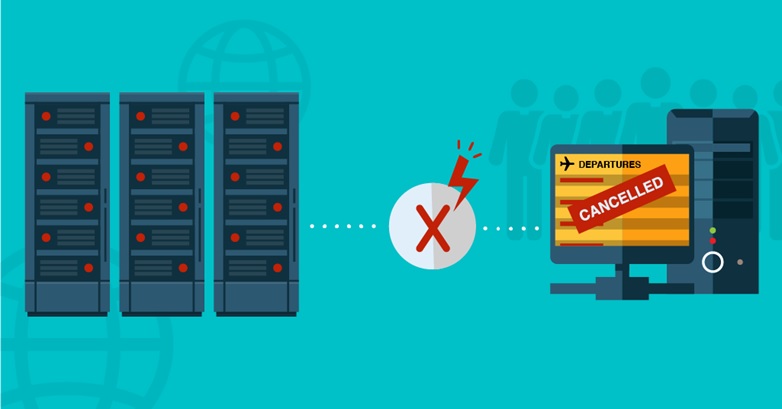Why is the Server Down: Unveiling Common Causes and Quick Solutions

Imagine trying to connect to the most popular website or the most important application, and then finding that your server is not working. It’s frustrating, right? In this piece we’ll explore the causes that cause server problems and suggest rapid solutions for getting things working again.
Servers act as engines that are the power behind websites, apps as well as online services. However, sometimes they will take breaks unexpectedly and leave people wondering how they could access the information they’re looking for.
What Does “Server Down” Mean?
If you are seeing “Server Down” or “Server Down,” it signifies that the server which hosts the app or website is down. It can occur due to a variety of causes, from technical problems to a large users’ traffic.
Common Causes of Server Downtime
Hardware Failures
Servers comprise physical parts including memory, hard drives and processors. If the failure of any of these components occurs it could cause the server to be shut down.
Software Glitches
The software that powers the server may result in crashes that render the server inaccessible for a short period of time.
Network Issues
When there are issues in the connection of your server with the Internet, that may lead to delays.
Traffic Overload
An unexpected surge of users trying to connect to a site or application simultaneously could overwhelm the server, leading the server to go down.
Effects of Server Downtime
User Frustration
In the event that users cannot gain access to the services they want the frustration can set in. This could lead to bad experience and loss of confidence.
Financial Loss
In the case of businesses, downtime on servers could result in lost sales or revenues, particularly if the server is down during busy periods.
Reputation Damage
The frequent downtime of servers can damage the image of a company, because customers begin to perceive their service as undependable.
Steps to Troubleshoot a Server Down Situation
Check Your Internet Connection
Verify that your Internet connection is functioning properly. Many times, server problems can be mistakenly attributed to internet issues.
Visit Other Websites
Visit other sites and see if the websites are working. If they’re not, it could be due to a problem specific to the site that you’re trying to connect to.
Contact Customer Support
If you’re certain that your server is not working Contact the customer service. They could provide details about the problem and also when it’s likely to be fixed.
Wait Patiently
The downtime of servers will be brief and can resolve in its own. It’s recommended to put off the issue for a few minutes and then try accessing the site or application later.
Preventing Future Server Downtime
Regular Maintenance
Regular maintenance of servers will help identify any potential problems prior to them causing the possibility of downtime.
Monitoring and Alerts
Utilizing monitoring tools to alert administrators to performance issues can assist in avoiding prolonged interruptions.
Scalability
If a web-based or mobile application grows in popularity, making sure that the server infrastructure is able to handle the increasing volume of traffic is essential to avoid the possibility of crashes.
Conclusion
The downtime of servers can be a hassle however it’s element of the modern environment we’re living in. Through understanding the reasons, the troubleshooting procedures and preventing measures we can lessen the effect of server outages and experience an easier online experience.